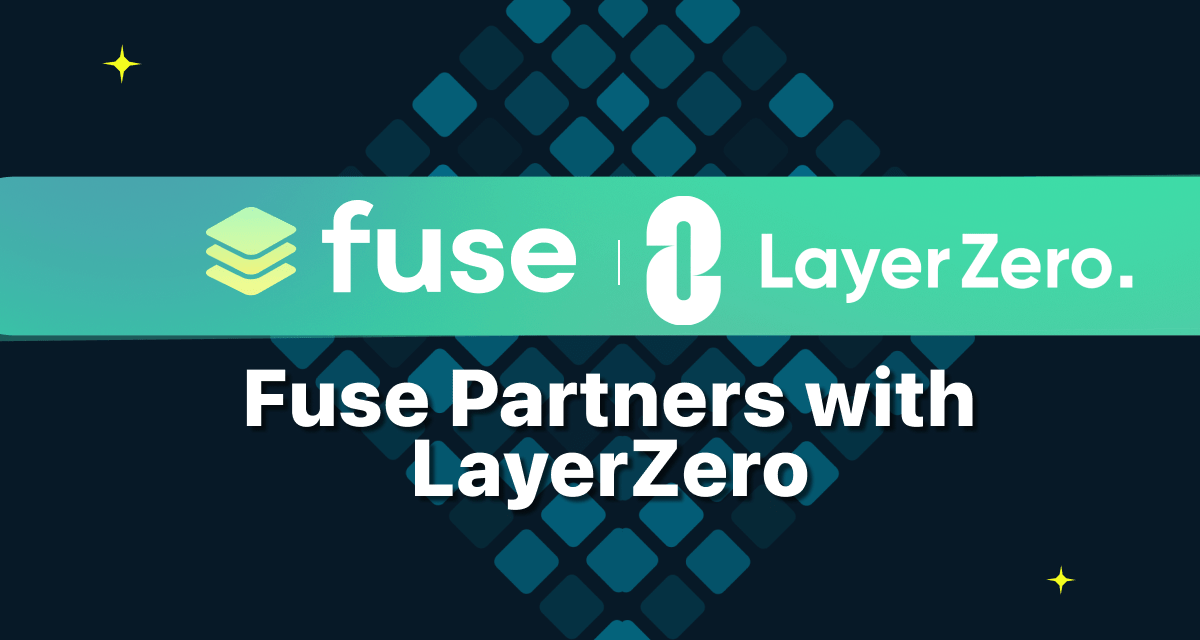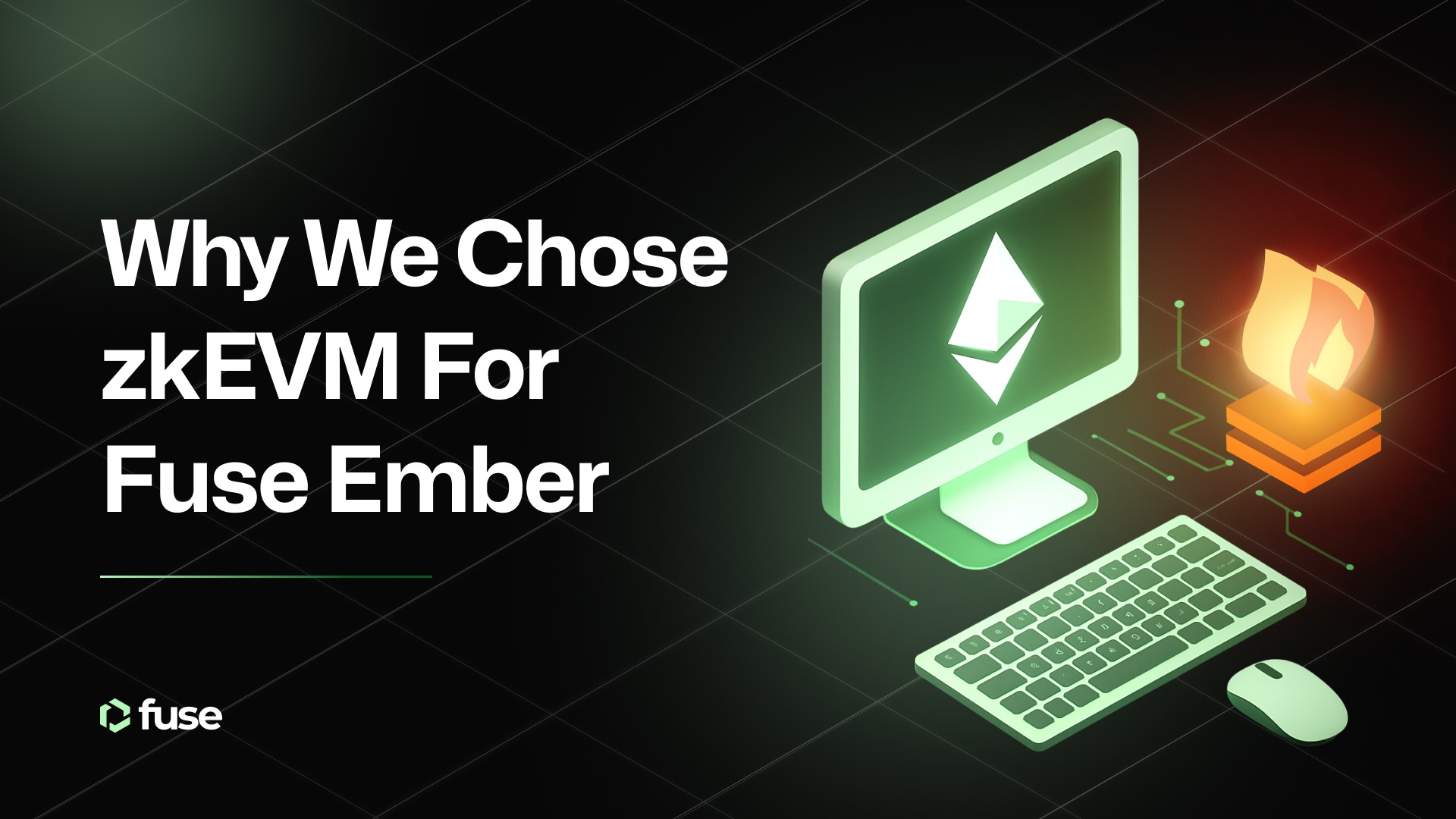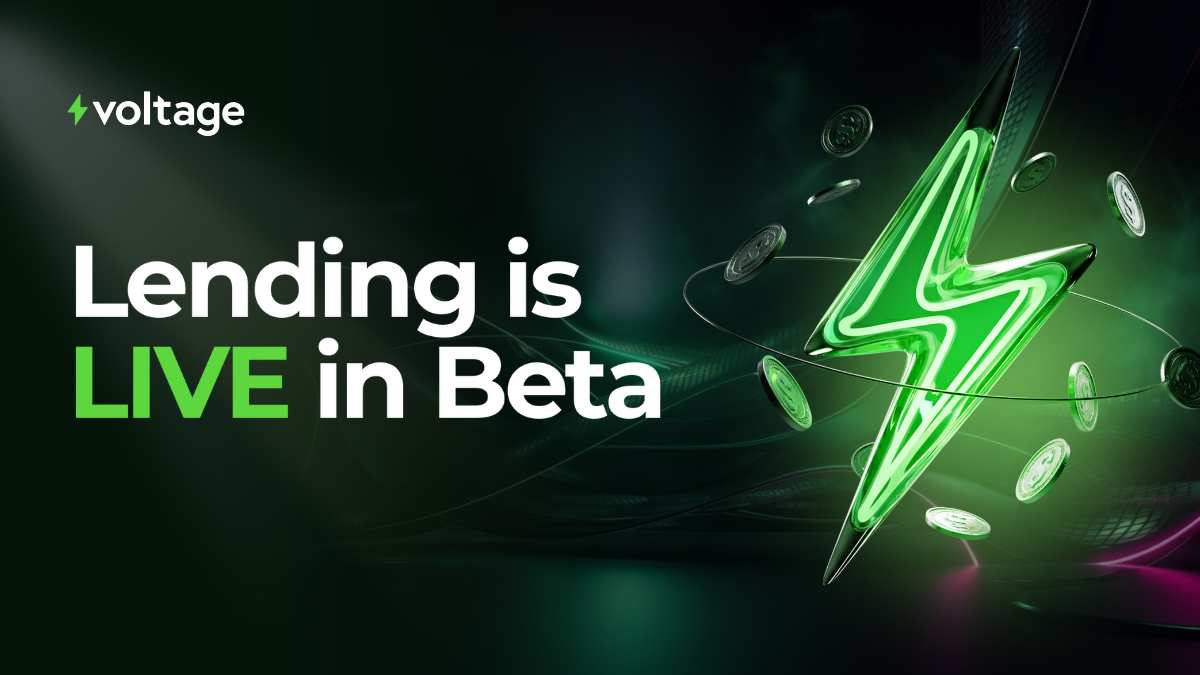Leading cross-chain messaging protocol LayerZero now supports the Fuse Network blockchain. Projects building on Fuse can now leverage LayerZero to build out the cross-chain logic they need for their products.
Public blockchains have been a breakthrough innovation that, for the first time in history, has allowed essential data to be shared among a multitude of participants and updated without the participation of a centralized intermediary. This enables something unimaginable until now, such as currencies existing without banks.
However, everything comes with tradeoffs. One of the critical tradeoffs of blockchains is that they are essentially closed systems that are siloed off from each other, and additional computational environments. Even a computer that runs a blockchain node does it separately from other software as a virtual machine.
At the same time, the evolution of the blockchain space has resulted in multiple public blockchains, including Fuse Network, emerging and solidifying their position, demonstrating, at least for the time being, that there will be no one blockchain to rule them all.
This has created an urgent need for solutions enabling blockchains to interact with each other securely. Asset transfer bridges were the first to become widely used, but it soon became apparent that richer interoperability platforms were needed.
How Fuse integrates LayerZero
LayerZero has now deployed its cross-chain messaging protocol to the Fuse Network blockchain. The addresses for the Fuse Network mainnet endpoint and the endpoints for other supported blockchains are available here.
Projects and developers on Fuse can now use the LayerZero protocol to enrich their applications with cross-chain functionalities built on top of it. Please refer to the platform’s documentation for details on utilizing LayerZero.
What is LayerZero?
LayerZero is the leading generalized cross-chain messaging protocol. This means that it enables a smart contract on one supported blockchain to send a message to a smart contract on another and for the latter to react to that message.
LayerZero has received significant support from prominent investors in the space, including Binance Labs, Multicoin Capital, a16z, and Sequoia. Other leading players like Uniswap, Coinbase, Gemini, and PayPal back it. The LayerZero cross-chain messaging protocol relies on three key components. These are oracles, relayers, and endpoints.

A powerful, lightweight cross-chain messaging protocol
Endpoints are collections of smart contracts that exist on every supported chain and have publicly known addresses. Endpoints run a very light client sufficient for processing messages while not consuming too much gas.
Oracles and relayers are the off-chain entities required for the protocol’s functioning. To understand what they do, some background is needed. When a transaction is sent to chain A, it is included in a block once it is processed. This means that the block’s header cryptographically summarizes its transactions.
If a cross-chain transaction via LayerZero is sent to chain A, the relevant oracle’s job is to transmit the relevant block’s header to chain B’s endpoint. Meanwhile, one of the relayers has to do the same for the proof of the desired transaction.
One of the endpoint’s smart contracts then compares the block header to the proof, and if the two matches, communicates the message contained in the cross-chain transaction to the destination smart contract on chain B.
The smooth functioning of the LayerZero protocol thus relies on the non-collusion between oracles and relayers as the key assumption. This approach enables verification to be a simple and computationally lightweight process.
Detailed descriptions of how the LayerZero protocol works are available in its whitepaper and the LayerZero documentation.
One of the critical platforms built on top of the LayerZero protocol is Stargate. Stargate enables seamless liquidity transfers between chains through the use of unified liquidity pools for each of the supported assets. According to the latest available (December 2022) data, it was the cross-chain bridge with the highest transfer volume.
A curated list of all the projects developing on top of LayerZero is available here.
.svg)
.svg)











